When Shenzhen Xinbochuan Materials Technology Co., Ltd. set out to challenge the limits of thermoplastic elastomers, they didn’t just create another flexible filament—they engineered a new benchmark. Their PEBA (Polyether Block Amide) 3D printing material doesn’t just perform; it outperforms, outlasts, and, dare we say, outsmarts traditional TPU.
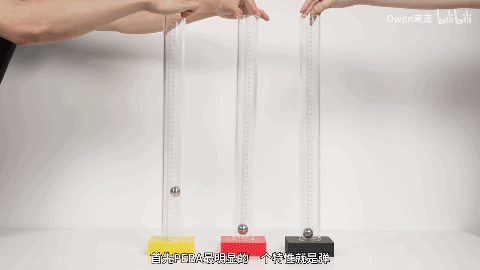
Why PEBA? Because Good Enough Is No Longer Enough
Xinbochuan’s PEBA filament isn’t here to “match” TPU—it’s here to leave it in the dust.
Elasticity that Bounces Back—and Then Some
In standardized rebound tests, a steel ball dropped onto PEBA bounces to a height of 300mm on the first try and nearly 200mm on the second. TPU, by contrast, gives up halfway through the first round. Whether you’re printing a basketball or a performance insole, PEBA’s responsiveness translates to a real-world feel that athletes and designers alike appreciate.
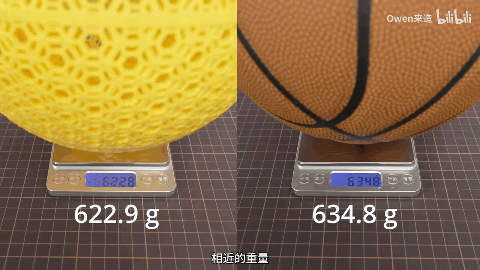
Strength with a Soft Side
With a tensile strength reaching 30 MPa (90A), this filament can take a hit without losing its shape—literally. In impact tests, PEBA walked away with zero fractures, making it ideal for load-bearing parts, shock-absorbing components, and industrial fixtures that have to flex without flinching.
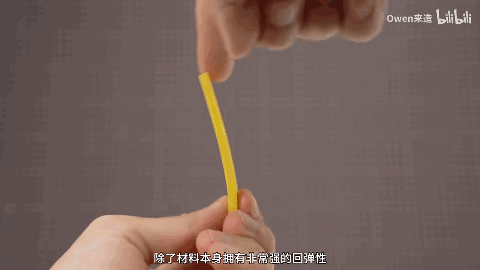
Print Speed Worth Bragging About
Tired of watching your printer crawl through flexible prints? PEBA’s high-flow formula allows for speeds up to 7.2 mm³/s—twice the rate of standard TPU—without sacrificing accuracy or layer bonding. And for those delicate, intricate structures, the “endurance mode” ensures structural integrity with precise molecular interlocking that rivals injection-molded parts.
Built for Everything from Basketball to Drones
Sports & Lifestyle
PEBA has earned its reputation on the court. 3D printed basketballs have nearly identical weight and rebound to regulation models—perfect for practice. But it doesn’t stop there: custom midsoles, ergonomic bike saddles, shock-absorbing insoles—PEBA adapts and bounces back.
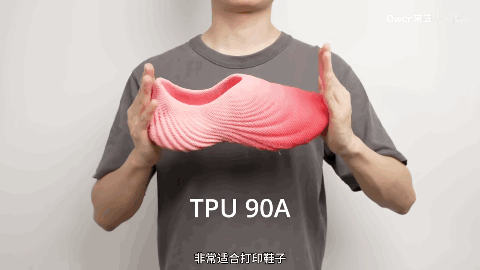
Consumer Electronics
From ultra-light keyboard wrist rests to arctic-grade phone cases, PEBA keeps its cool—and flexibility—down to –40°C. It’s breathable, fatigue-resistant, and won’t deform over time, making it ideal for products that are handled daily and expected to last.
Medical & Healthcare
For orthotics, prosthetics, surgical guides, and support cushions, PEBA offers biocompatibility, breathability, and even steam-sterilization compatibility. Thin walls, soft touch, long-term resilience—PEBA supports patients and practitioners alike.
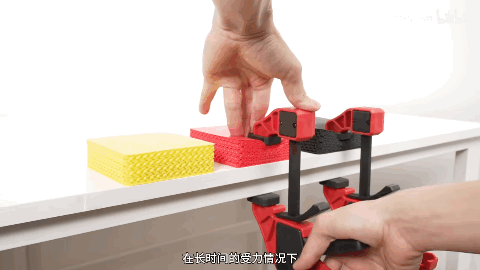
Industrial & Robotics
Gears. Grippers. Buffers. Seals. PEBA does the heavy lifting with minimal wear and no deformation. In environments ranging from –40°C to +120°C, it holds shape, resists oil and chemical exposure, and laughs in the face of fatigue testing.
Aerospace & Mobility
Lightweight yet tough, PEBA is a game-changer in drone and EV component design. Folding mechanisms, protective gaskets, and flexible locks benefit from its high tear resistance and long-term stability in extreme conditions.
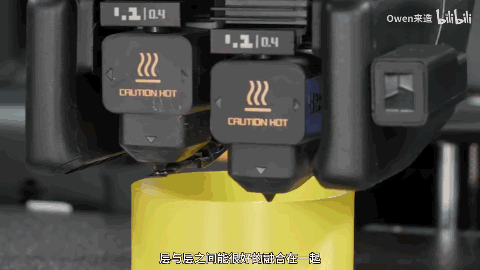
Now Available at FacFox—PEBA Meets Precision
Looking to bring your ideas to life with the next generation of high-performance elastomers? FacFox offers full-service 3D printing with Xinbochuan’s PEBA filament, optimized for both prototype and end-use parts. Whether you’re testing out an idea or scaling up production, our engineers ensure print quality, dimensional accuracy, and material efficiency at every step.
Request a quote today and let PEBA—and FacFox—help you make something extraordinary.